Video
vimeo
Jonathan Elias | Body Double (1984) | Music Trailer
#Body Double#Brian De Palma#Jonathan Elias#Pino Donaggio#Craig Wesson#Melanie Griffith#Gregg Henry#Film Score#Cinema#Film#1984#PAL|Soundtrack Specialist
2 notes
·
View notes
Text
Hans Zimmer | Inception [BRAAAM]
Over the years, it's been common practice for HANS ZIMMER to share co-composing credits with his armada of younger composers (the German artist will enroll for a film and then farm out the bulk of the score to his "assistants"). However, funny accidents happen along the way.
Years ago, KLAUS BADELT (2003's PIRATES OF THE CARIBBEAN: CURSE OF THE BLACK PEARL) had a falling out with ZIMMER due to one of his original PIRATES themes ("HE'S A PIRATE!" itself based on prior ZIMMER material from other movies) not being credited properly to BADELT in the sequels (according to PIRATES' director GORE VERBINSKI DVD commentary, it took fifteen composers in addition of BADELT and ZIMMER to finish the PIRATES' score in a timely fashion but BADELT still assumes the paternity of the piece on his web site).
Old habits die hard and now, following an interview with VULTURE, ZIMMER is taking sole credit for the low end "BRAAAM" sound signature associated with CHRIS NOLAN's INCEPTION (2010). However, considering the use of a repetitive "sound stab" to drive anticipation was used by JONATHAN ELIAS for his landmark 1979 ALIEN trailer (since then recycled for PROMETHEUS), one wonders who really came up with this "invention".
Cherry on the cake, MIKE ZARIN (who originated the seeds of the "BRAAAM" sound in an early INCEPTION teaser trailer) has gone public regarding how the sound signature emerged. Not only did it go through one (MIKE ZARIN; Inception Teaser), two (ZIMMER's REMOTE CONTROL team who added on top of ZARIN's music; Inception Trailer 2) but three composers (ZACK HEMSEY; Inception Trailer 3 aka MIND HEIST) before ZIMMER picked up the pieces, the article also makes clear that every involved party had a creative role in how the "BRAAAM" progressively evolved. In other words, ZIMMER taking sole credit for such a collaborative endeavor is pure heresy. [INCEPTION BRAAM Article & Discussion]
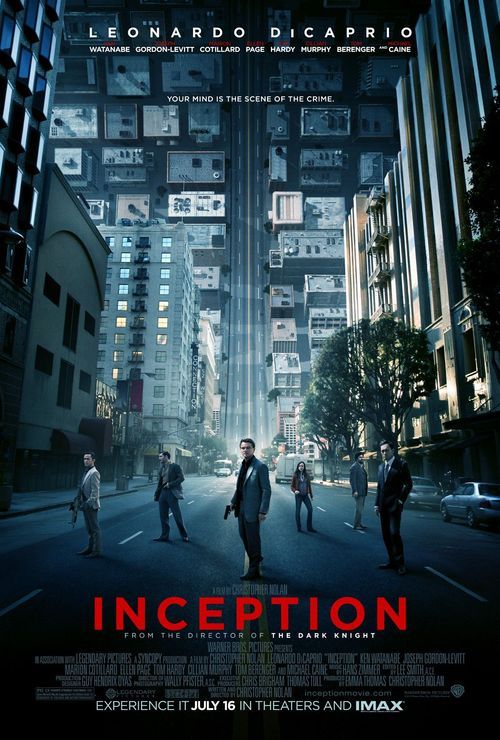
#Inception#Hans Zimmer#braaam#zack hemsey#mike zarin#Jonathan Elias#christopher nolan#alien#klaus badelt#pirates of the caribbean#film score#cinema#film#2010#PAL|Soundtrack Specialist
1 note
·
View note
Text
Richard Lester | Superman II [Making Of]
With the advent of the SUPERMAN II RICHARD DONNER CUT in 2006, we now know that the bulk of SUPERMAN II was shot by RICHARD DONNER back in 1977-78 during the production of the first picture. By looking at SUPERMAN II's vintage 1980 making of, you wouldn't know that. During his interview, RICHARD LESTER (who replaced DONNER on SUPES II) is very much taking credit for the film and, to add insult to injury, most of the B-Roll intercut within the documentary was actually captured during the original DONNER shoot (same goes for the GENE HACKMAN footage; one wonders why the actor made the premiere considering he decided not to return after DONNER's firing). LESTER's insecurity on set is obvious: his interaction with the established cast is nowhere near as warm as DONNER's (the guy is just making his shots; pressure from the SALKINDs to shoot faster and cheaper than SUPES I sure didn't help) and the sense of humor he brings to PART 2 is simply out of context; transforming what should have been a clever film into a farce. After SUPERMAN II came SUPERMAN III (a major disaster) and, by then, it was obvious that RICHARD LESTER was the wrong person for the job. [Superman II Making Of Documentary & Discussion]
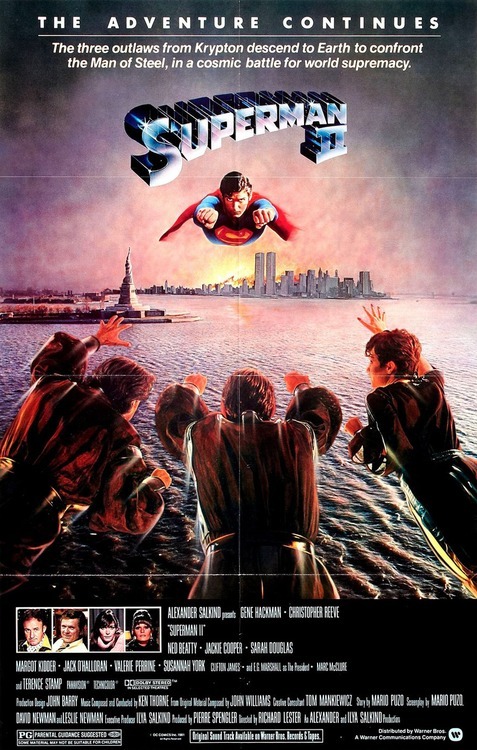
#Richard Donner#Richard Lester#Superman: The Movie#superman ii#John Williams#ken thorne#Gene Hackman#christopher reeve#ned beatty#jackie cooper#sarah douglas#margot kidder#jack o'halloran#valerie perrine#susannah york#clifton james#mark mcclure#terence stamp#Ilya Salkind#alex salkind#Pierre Spengler#Cinema#Film#1980#PAL|Soundtrack Specialist
2 notes
·
View notes
Text
David Lynch | Destination DUNE [Featurette]
The road to the local movie theater was a long and arduous one for FRANK HERBERT's DUNE. First aborted a couple of times in the 1970s (French-Chilean director ALEJANDRO JODOROWSKY gave it a major try), its film adaptation finally came to fruition under the auspices of producer DINO DE LAURENTIIS and director DAVID LYNCH. While the picture was not well received during its original 1984 release, it has since become a cult classic and is seen by many as a "failed masterpiece". One of DUNE's singular features is a highly flavored film score by DAVID PAICH of TOTO. Part PROG ROCK, part traditional orchestral score (DAVID PAICH's father, MARTY PAICH, was a major conductor in Hollywood and his influence on his son is unmistakable), it displays great moments of inspiration that set apart DUNE from other pure symphonic science-fiction scores of the era (in a way, it is not far remote from the uniqueness of VANGELIS' synthetic score for RIDLEY SCOTT's BLADE RUNNER which surprised many when first published).
Nowadays, DAVID LYNCH refuses to address DUNE in public and, over the years, has refused any involvement in a potential DIRECTOR's CUT. This lack of a revisit is actually an injustice to his fans as we all know the artist invested three and a half years of his life into the project, delivering a current incarnation of the film which is not what he originally envisioned (to the behest of the producers, LYNCH, who was denied FINAL CUT, improvised various stitching scenes so that the length of the picture could be shortened to 137 min. The longer TV cut, overseen by UNIVERSAL, was disavowed by the original filmmakers). As most of the behind the scenes footage was discarded after the movie semi-tanked at the box-office, the discovery of the DESTINATION DUNE featurette (unreleased in the U.S. and only available in Europe) was a major boon for DAVID LYNCH enthusiasts. Finally, the director can be witnessed on set and, while it's obvious he's struggling with the multi-language crew and the weight of the production (his interaction with DINO DE LAURENTIIS is priceless: "Dino, you'd better go"), his hands-on genius is very much in sight; contributing to what was supposed to be the "Sci-Fi movie to end all Sci-Fi movies".
Expectations were high (DAVID LYNCH had previously turned down the directing of RETURN OF THE JEDI) and the pre-release hype was enormous. Instead of being treated as a sleeper effort from a first time big budget director (LYNCH's first two outings -ERASERHEAD and ELEPHANT MAN- were minuscule productions in comparison), DUNE was exposed to such scrutiny at the time of its release that it could never survive the fire of stateside movie critics (the picture fared much better overseas with both critics and audiences).
A fascinating film and a rare breed where its individual parts are actually more striking than its complete assembly, DUNE, had it been allowed to breathe more instead of rushing through its narrative, would probably have been a classic from the get-go. As it stands, it's in need of a major polish to make it the masterpiece it always aimed to be. [Destination DUNE Discussion & Featurette]
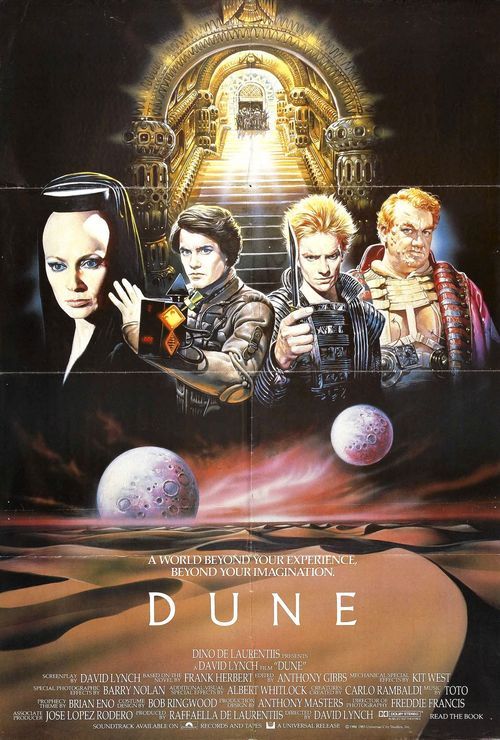
Also visit Cinephilia & Beyond's page about DUNE: http://cinephilearchive.tumblr.com/post/66960549285/behind-the-scenes-of-dune-with-david-lynch-and-his
#david lynch#frank herbert#dino de laurentiis#kyle maclachlan#sting#francesca annis#everett mcgill#paul l. smith#max von sydow#jose ferrer#sian phillips#virginia madsen#patrick stewart#sean young#kenneth mcmillan#toto#brian eno#freddie francis#antony gibbs#tony masters#film music#film score#cinema#film#PAL|Soundtrack Specialist#1984
1 note
·
View note
Text
James Horner | Avatar (2009) | Hollywood in Vienna
Hollywood in Vienna 2013 is finally becoming available in High Definition! First excerpt: a STELLAR rendition of James Cameron's Avatar (2009) composed by James Horner (the Max Steiner Awardee of the year), conducted by David Newman and performed by the ORF Vienna Radio Symphony Orchestra. Eywa has heard the music! [James Horner | Avatar (2009) | Hollywood in Vienna]

0 notes
Text
Douglas Trumbull | Brainstorm
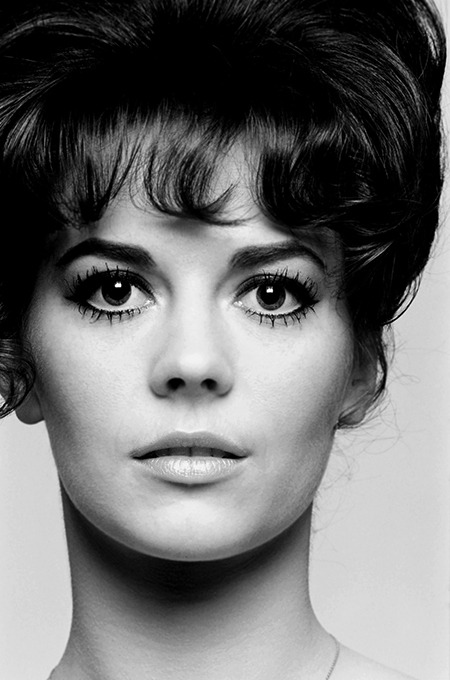
Hollywood diva NATALIE WOOD died at the very early age of 43 in circumstances that were never clarified. While the cause of her death was initially considered to be "accidental drowning", it was -30 years later- reassigned to "drowning and other undetermined factors". Over the last three decades, whodunit rumors have abounded but, if there's one undisputed victim of the actress' disappearance, it's the film she was working on at the time: BRAINSTORM.
Shot in 1981, tinkered in 1982, released in 1983, BRAINSTORM was the long in gestation second film directed by VFX genius DOUGLAS TRUMBULL (his directorial debut, SILENT RUNNING (1972), was recently covered in this column). Based on an innovative 1977 treatment, THE GEORGE DUNLAP TAPE by BRUCE JOEL RUBIN in which a team of scientists invent a "hat" able to record the senses, emotions of a living subject and relive them at will, BRAINSTORM was heavily rewritten by scribes PHILIP FRANK MESSINA, ROBERT STITZEL and, then, heavily re-interpretated by the actors themselves.
During a pre-production two week table rehearsal preceding the filming, a process qualified by TRUMBULL as "heavy group therapy" but decried as "utter chaos" by screenwriter ROBERT STITZEL, the director encouraged his actors to improvise their own dialogues (CHRISTOPHER WALKEN kept insisting on changes before a single frame of film was shot); this was a shift in power that would loom over production and overwhelm a second time filmmaker.
Shooting BRAINSTORM was a difficult matter: TRUMBULL was unable to impart his brilliance and often lost control of his actors because of lack of communication (WALKEN improvised most of his dialogues in what would become his semi-parodic style; almost directing his own scenes), production also fell behind schedule due to inflated egos and tension erupting on set (power struggle in direction had WALKEN act as an unofficial acting coach to an insecure NATALIE WOOD who would take her marks from her fellow actor) and, with a director more focused on visuals than storytelling (the final act in which the evil corporation is wrecked upon is neither compelling, nor credible), the disparity between the caliber of the actors becomes even more prominent. Where CHRIS WALKEN, LOUISE FLETCHER (Nurse Ratched from 1975's FLYING OVER A CUCKOO'S NEST), CLIFF ROBERTSON, JOE DORSEY (character actor who delivered an effective old school general in JOHN BADHAM's WARGAMES the same year) shine, every other performer (including NATALIE WOOD) seems distanced by the competition; creating a double acting standard.
"When she died," said Trumbull, "all the sets were locked and frozen on all the stages. No one could get in or out without special permission while all the negotiations took place."
Not only did MGM shut down BRAINSTORM in 1981 to collect insurance payment as the studio was hitting financial trouble at the time (the film insurer, Lloyd's of London, eventually worked out a deal with Leo the Lion and injected a little more than 6 million dollars to finish the picture; becoming a profit participant), it also took a reworking of the script and the use of a body double (replacing NATALIE WOOD) to conclude the live action staging. At the time of the actress' death, BRAINSTORM still had three weeks of principal photography to go and, while the star only had two minor scenes left to shoot, some of the coverage (establishing shots, reverse angles) had yet to be captured requiring the use of the aforementioned stand in.
JAMES HORNER's score for BRAINSTORM is, not only among the composer's best works, it's also among his most self-influential. Considering his young age at the time (29), it is mindblowing that he came up with so many classic scores early on in his career (1982-1983 produced trademark HORNER scores such as 48 HRS., STAR TREK II: THE WRATH OF KHAN, GORKY PARK and KRULL). While the use of the "danger motif" (borrowed from RACHMANINOV's SYMPHONY N.1 and re-introduced in HORNER's 1980's BATTLE BEYOND THE STARS; used verbatim over the years by the composer) will be grating to the ears, the other aspects of the score are first rate. The heart attack scene is nothing less than visceral (ironically built around the "danger motif" itself) and the afterworld choral line is so effective that it ended up being emulated by ALAN SILVESTRI for THE ABYSS (1989). Its countdown motif (recycled from STAR TREK II) does wonders and there's a bit of aleatoric approach blended with PENDERECKI styling, something rarely heard in the composer's repertoire, which is quite refreshing. While HORNER already started to demonstrate his self-plagiarism, BRAINSTORM had the chance of happening early on in the musician's career and, when synched to picture, it ranks among one of the most effective (and psychologically functional) scores the artist ever wrote.
As seen in theaters in 1983, BRAINSTORM is a distant relative of the film it intended to be. Nowhere to be found is the Showscan process (high-speed 70MM motion-picture photography and projection technique developed by TRUMBULL) which the production was supposed to establish but rather an interesting mix of regular 35MM footage (for the real word scenes) and immersive Super Panavision 70 (for the virtual reality sequences); the narrative flow of the original screenplay was also modified to fit with the ultimate unavailability of its main star. In a way, BRAINSTORM -like the DONNER CUT of SUPERMAN II- is a salvaged film and, when it works (high concept, special effects, music score, lead acting), does wonders and, when it does not (final act, acting discrepancy, pedestrian direction), feels out of place.
Very much in advance on its time, it would take more than a decade for a similar premise to be revisited in an audience friendly manner (the JAMES CAMERON produced STRANGE DAYS (1995) and the Cyberpunk infused MATRIX TRILOGY (1999-2003) come to mind). However, BRAINSTORM's original ideas, noble ambitions (integrity vs. misuse), high production values and the uphill battle fought by the filmmakers who struggled so hard to finish the picture make it a revered piece of movie history. It might be a misfire, it sure is a fascinating one. [Brainstorm Trailer & Discussion]

#brainstorm#Douglas Trumbull#Philip Frank Messina#Robert Stitzel#Bruce Joel Rubin#Christopher Walken#Natalie Wood#Louise Fletcher#Cliff Robertson#Joe Dorsey#Alan Fudge#Jason Lively#James Horner#Richard Yuricich#Dennis Freeman#Edward Warschilka#MGM#metro-goldwyn-mayer#Kitty Hawk#wright brothers#film score#cinema#film#science-fiction#1983#Flying Over A Cuckoo's Nest#wargames#john badham#PAL|Soundtrack Specialist
2 notes
·
View notes
Text
Douglas Trumbull | Silent Running
A GIANT among the Special Effects PIONEERS, DOUGLAS TRUMBULL first got noticed for his re-invention of the slit-scan photography process which gave birth to the STARGATE sequence concluding STANLEY KUBRICK's 2001: A SPACE ODYSSEY. His association with some of the biggest science-fiction films of the 1970s/1980s (CLOSE ENCOUNTERS OF THE THIRD KIND, STAR TREK: THE MOTION PICTURE, BLADE RUNNER) made him even more famous but his direction of two CULT films (SILENT RUNNING, BRAINSTORM) is what brought him film music recognition for his astute choice of composers (PETER SCHICKELE, JAMES HORNER).
SILENT RUNNING (1972), a rare example of ecological science-fiction, was shot by TRUMBULL in 32 days on a shoestring budget of one million dollar. In other hands, such an ambitious film would most likely have delivered a whimper but, under TRUMBULL's patronage, it excels at delivering key assets which have cemented its reputation as the more visual and subversive science-fiction movie of the mid-seventies (following 2001: A SPACE ODYSSEY and preceding STAR WARS, other science-fiction outputs such as THX1138, SOYLENT GREEN or ROLLERBALL were earth grounded and politically emphasized; LOGAN'S RUN, an earth based SFX heavy utopia, struggled to deliver a valid message).
Among SILENT RUNNING's achievements, its special effects are nothing short of groundbreaking (finally we reach SATURN!) and, while the outer space shots may lack the sensory overload later witnessed in STAR WARS (the computerized motion control/optical printer combined technology had yet to materialize as most of SILENT RUNNING's outer space shots were done "in camera" with early motion control technology and front projection), there's an unforgettable awe and majesty provoked upon viewing which make the visuals still striking four decades later; the added bonus of having shot all the interiors, short of the dome sequences, on a decommissioned aircraft carrier brings a sense of claustrophobia to the production values that's just as convincing. Past the look of the film, BRUCE DERN's performance as "FREEMAN" LOWELL is the next best thing.
Depicting a true to form LONER character was nothing new for DERN (a seasoned character actor by then, fresh off SYDNEY POLLACK's THEY SHOOT HORSES, DON'T THEY?, and later seen in several analogous performances). This time around, there's such an humanity in sight -his interaction with the VALLEY FORGE's drone robots being the highlight- that he's able to convey a deeply flawed but emotionally redeeming character, rendering his ultimate redemption even more touching. Considering BRUCE DERN shot MARK RYDELL's THE COWBOYS in the middle of SILENT RUNNING, it's a real testament to his acting skills for delivering such a consistent performance. Story telling wise, the screenplay (which benefited from MICHAEL CIMINO and STEVEN BOCHCO) is, in its final draft, as experimental as it can be considering the limited budget, shooting schedule and one person narrative of the film.
The orchestral film score by PETER SCHICKELE (aka P.D.Q. BACH), first heard during the glorious revelation of the space fleet, is exclamatory and valiant in the classical beauty associated with the outer space sequences. Among its other functions, it serves comfort during LOWELL's solitary musings and drone interactions but is deeply rooted in anguish during the more uncertain moments of the film. The score's musical conclusion (an ostinato repetitive pattern) makes the film's own ending even more ineluctable and tragic. JOAN BAEZ's sung performances (which only happened because DOUGLAS TRUMBULL ran randomly into her in an airport!) is reflective of the flower power mentality of the era. Heard several times in the film (a major selling point during SILENT RUNNING's initial release), it helps the movie attain TIME BUBBLE status and, considering the shadow of the NIXON era onto early 1970s Hollywood movie making, it also behaved as an optimistic, uplifting message of hope for VIETNAM WAR torn movie audiences.
SILENT RUNNING had children (STAR TREK IV: THE VOYAGE HOME, DUNCAN JONES' MOON starring SAM ROCKWELL in similar LONER mode) but, to this day, it remains the unmatched staple of ecological science-fiction cinema. Now, thanks to Soundtrack Specialist, witness its fabrication via a 49 minutes making of featuring DOUGLAS TRUMBULL, BRUCE DERN and the VALLEY FORGE! [Silent Running Making of & Discussion]
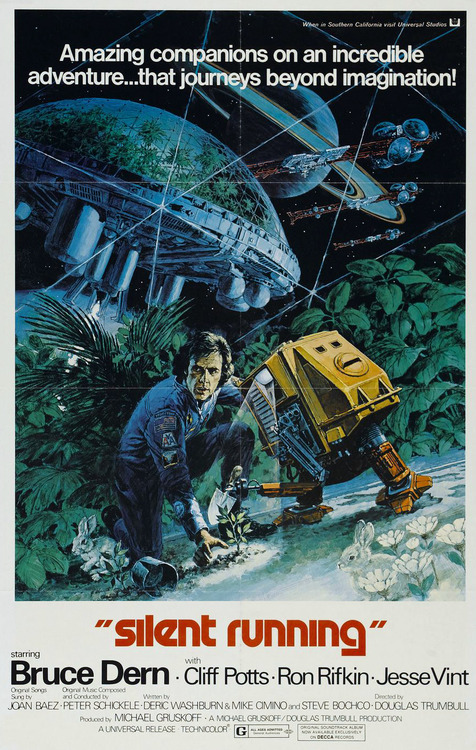
#silent running#2001: A Space Odyssey#douglas trumbull#bruce dern#cliff potts#ron rifkin#jesse vint#peter schickele#joan baez#film score#cinema#film#science-fiction#1972#PAL|Soundtrack Specialist
0 notes
Text
John Beal | The Hunt for Red October [Music Trailer]
One of the most active Composers for MOVIE TRAILERS in the eighties and nineties, JOHN BEAL created precise musical miniatures for some of HOLLYWOOD's most high profile blockbusters. At a minute forty-two in length, and benefiting from key influences such as BASIL POLEDOURIS' ROBOCOP and ALAN SILVESTRI's THE ABYSS, JOHN BEAL's CUSTOM MUSIC SCORE for the trailer to THE HUNT FOR RED OCTOBER (1990) is a work of MILITARY MACHISMO which constantly ramps up INTENSITY, EXCITEMENT and ANTICIPATION until its final title REVEAL. Thanks to SOUNDTRACK SPECIALIST, it is now available for the first time ever synched to picture in music only fashion, complete with subtitles accompanying ongoing dialogues. Pulse Pounding! [The Hunt for Red October Trailer & Discussion]
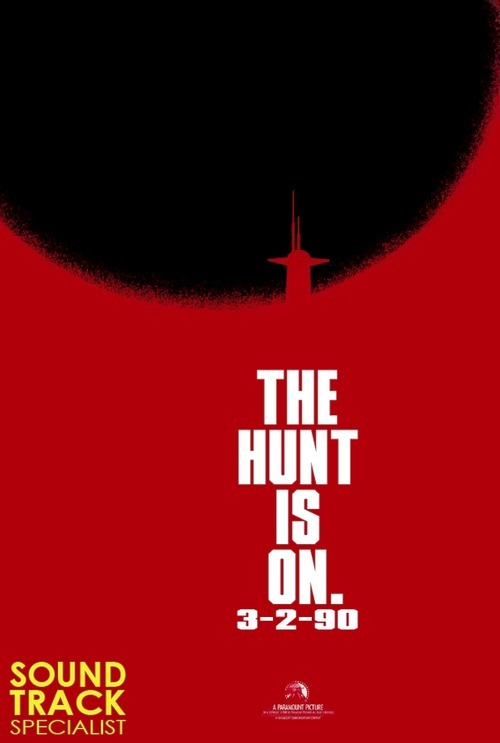
#john beal#basil poledouris#alan silvestri#the hunt for red october#robocop#the abyss#sean connery#alec baldwin#scott glenn#james earl jones#sam neill#richard jordan#stellan skarsgard#jeffrey jones#trailer#movie music#film music#film score#cinema#film#PAL|Soundtrack Specialist#1990
0 notes
Text
Jonathan Elias | Body Double [Trailer]
Now far and between, original scores for movie trailers used to be the norm. A prime example is JONATHAN ELIAS' gorgeous announcement music for BRIAN DE PALMA's BODY DOUBLE (1984). Carrying little resemblance with the final BODY DOUBLE score by Italian Composer PINO DONAGGIO, ELIAS' trailer music is written in a sultry style reminiscent of JOHN BARRY's BODY HEAT (the 007 British Composer was JONATHAN ELIAS' mentor at the time). Not only a great composition, this original contribution accompanies specially commissioned footage containing none of BODY DOUBLE itself. That's marketing! [Body Double Trailer & Discussion]
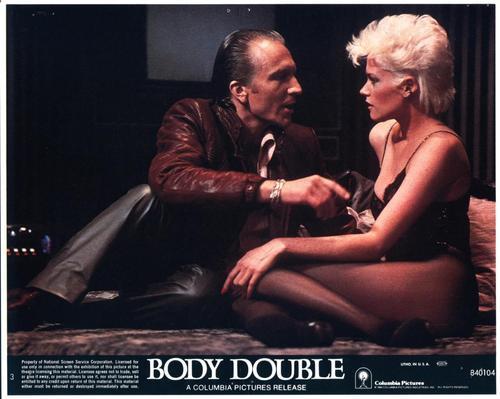
#body double#brian de palma#melanie griffith#craig wasson#deborah shelton#dennis franz#gregg henry#pino donaggio#jonathan elias#cinema#film#film music#film score#PAL|Soundtrack Specialist#1984
1 note
·
View note
Text
Sydney Pollack | The Yakuza
One of the most unique films of the 1970s and very much treasured by the present author, SIDNEY POLLACK's THE YAKUZA (1974) functions as the MIRROR of SERGIO LEONE's A FISTFUL OF DOLLARS (1964). Where FISTFUL adapts a JAPANESE film (AKIRA KUROSAWA's YOJIMBO) onto a WESTERN setting; THE YAKUZA adapts its AMERICAN actors to an EASTERN setting. In both cases, the CHARACTER MOTIVATIONS based on HONOR, DUTY, OBLIGATION are strictly JAPANESE and so is each film in that respect. Finally available is THE YAKUZA's original 1974 featurette including on set appearances by SYDNEY POLLACK, ROBERT MITCHUM, TAKAKURA KEN and others. Made in Japan! [The Yakuza Featurette & Discussion]

#the yakuza#sydney pollack#leonard schrader#Paul Schrader#robert towne#Robert Mitchum#brian keith#Ken Takakura#kishi keiko#Richard Jordan#dave grusin#cinema#film#film music#film score#PAL|Soundtrack Specialist#1974
0 notes
Text
John Frankenheimer | The Challenge
An actually classy effort from JOHN FRANKENHEIMER with a JERRY GOLDSMITH score to die for, THE CHALLENGE is one of those rare American movies almost entirely shot on location in JAPAN with a mostly Japanese cast (short of three to four roles; this is a far cry from BLACK RAIN or THE LAST SAMURAI). And isn't it lovely when *almost* every Japanese character (even the eight year old!) can speak perfect English at any moment's notice! (those STAR TREK universal translators must have come handy during the shoot!). Francophile JOHN FRANKENHEIMER was always the director to go to for overseas shoot (incl. major films shot in France, Hungary, Afghanistan and elsewhere) but he interestingly gave THE CHALLENGE a lower key atmosphere by shooting most of the action in rural areas (except for some brief urban location shoots; this nonetheless must have been a logistic nightmare). The KYOTO Convention Center, used for the final confrontation, is a standout location and will reverberate long throughout after watching the film. Co-written by JOHN SAYLES, co-produced by TOSHIRO MIFUNE Productions, martial arts supervised by STEVEN SEAGAL (!), THE CHALLENGE is way above the guilty pleasure category and gets better with age; plus that young SCOTT GLENN -one year before he hit it big with THE RIGHT STUFF- is absolutely irresistible (great charm, great charisma!) and facing him is TOSHIRO MIFUNE? A dream come true! :D Never released in digital format, THE CHALLENGE has been "generously" uploaded so enjoy! Rated-R with lots of swearing, unexpected stapler use and JERRY GOLDSMITH striking #genius! [The Challenge Film & Discussion]
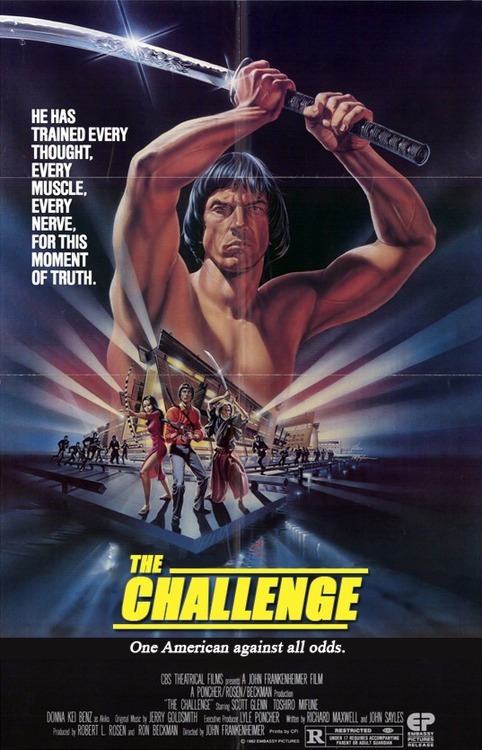
#The Challenge#jerry goldsmith#john frankenheimer#scott glenn#Donna Kei Benz#Toshiro Mifune#Japan#samurai#ninja#cinema#film#film music#PAL|Soundtrack Specialist#1982
3 notes
·
View notes
Text
David Shire | The Taking of Pelham One Two Three
MILLIONS HAVE READ IT. NOW YOU CAN LIVE IT! How about MILLIONS HAVE HEARD IT? An instant classic, DAVID SHIRE's music score for THE TAKING OF PELHAM 1 2 3 (1974) not only captured its original audience via an aggressive mix of urban tone and sheer effectiveness (the PELHAM bullets were real and so was the music which was a contemporary reflection of the New-York City of the time), it also broke new grounds by merging American Jazz and 12-Tone writing. Heavily featured in the trailer below, it's been emulated (MEL GIBSON's 1999 PAYBACK) but never equaled. Gesundheit! [The Taking of Pelham 123 Clip & Discussion]
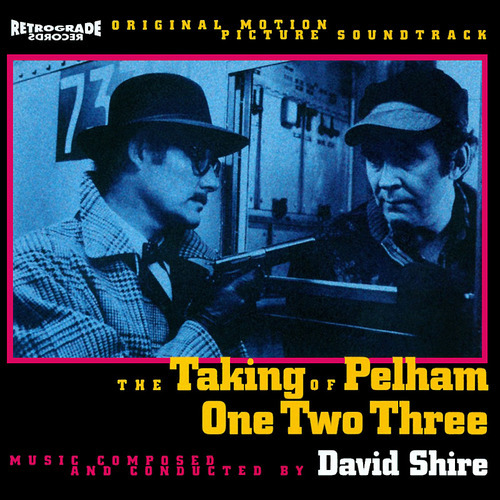
#david shire#joseph sargent#peter stone#walter matthau#robert shaw#martin balsam#hector elizondo#cinema#film#film music#film score#PAL|Soundtrack Specialist#1974
0 notes
Photo
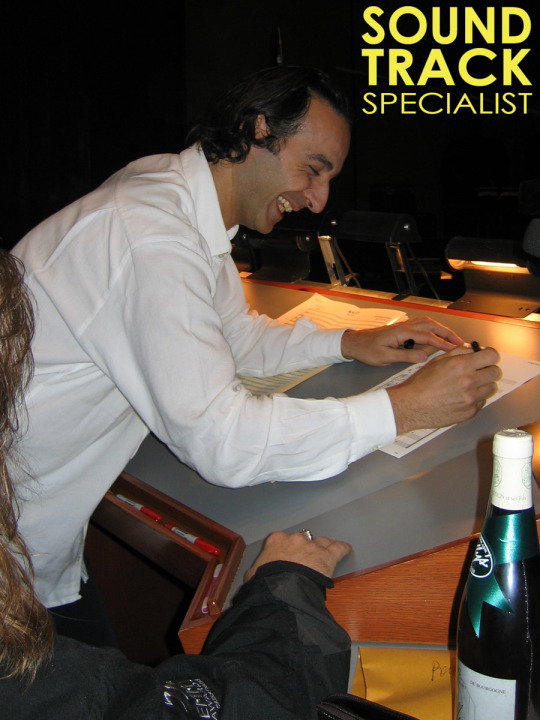
Straight from the SOUNDTRACK SPECIALIST Archives: Composer/Conductor ALEXANDRE DESPLAT (ZERO DARK THIRTY, ARGO, MOONRISE KINGDOM, GODZILLA 2014, HARRY POTTER AND THE DEATHLY HALLOWS) signing an instrument part for a fellow musician during the FIREWALL [2005; Dir. RICHARD LONCRAINE; Starring HARRISON FORD] sessions which took place at the EASTWOOD Scoring Stage (WARNER BROS. Studios; Burbank, CA) in late 2005.
#Alexandre Desplat#firewall#richard loncraine#harrison ford#paul bettany#Zero Dark Thirty#moonrise kingdom#harry potter and the deathly hallows#cinema#film#2005#PAL|Soundtrack Specialist
0 notes
Text
BBC Sound of Cinema [James Horner, Danny Elfman, Hans Zimmer; 09-22-2013]
POSTCARDS FROM THE EDGE! An absolutely TERRIFIC audio report from BBC Journalist JONATHAN COFFEY who just visited JAMES HORNER, DANNY ELFMAN, GABRIEL YARED, HANS ZIMMER, LORNE BALFE (Zimmer protégé), HARRY GREGSON-WILLIAMS (former Zimmer protégé) and Film Journalist JON BURLINGAME + Talent Agent RICHARD KRAFT. Among the addressed issues, are: a) plagiarism (TITUS / 300; temp scores); b) the factory chain attitude (Zimmer & co.) that is impoverishing the current sound of film music; c) the superiority of JOHN WILLIAMS' SUPERMAN: THE MOVIE theme over the latest Zimmer authored iteration; d) GABRIEL YARED's firing from TROY and e) how unhealthy the current climate is toward the creation of truly original film music. [BBC Sound of Cinema 09-22-2013 Audio & Discussion]
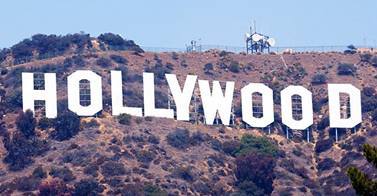
#bbc sound of cinema#james horner#danny elfman#gabriel yared#lorne balfe#hans zimmer#harry gregson-williams#elliot goldenthal#tyler bates#jon burlingame#richard kraft#John Williams#Superman: The Movie#300#Titus#Troy#cinema#film#PAL|Soundtrack Specialist
0 notes
Text
Cinerama Days | Intermission Music
In the height of the CINERAMA days (1952-1970), most features were broken into two parts via an entr'acte. For films such as HOW THE WEST WAS WON, IT'S A MAD, MAD, MAD, MAD WORLD, 2001: A SPACE ODYSSEY, ICE STATION ZEBRA, the entr'acte allowed the audience access to courtesy lounges featuring concessions and smoking facilities (typical MAD MEN era!). However, its best feature was the INTERMISSION music which behaved as an extension of the film's first half. No longer part of the cinema lexicon, this combination (pause+music) gave the CINERAMA movie going days a distinct, upscale specificity. [Cinerama | Intermission Clip & Discussion]
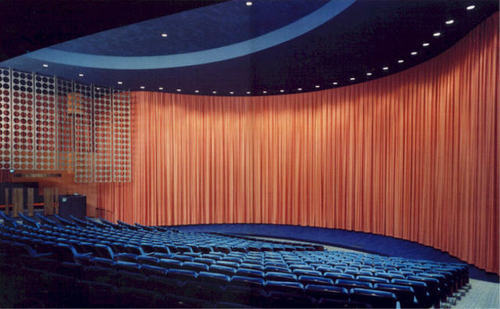
#cinerama#70mm#24-70mm#michel legrand#ice station zebra#how the west was won#it's a mad mad mad mad world#2001: a space odyssey#mad men#cinema#film#film music#film score#PAL|Soundtrack Specialist#1968
0 notes
Audio
La 4a Compañía (2013) - Stealing Cars. Music by Pierre André Lowenstein of Soundtrack Specialist, Inc. © 2013 Pierre André Lowenstein (ASCAP) / Administered by Soundtrack Specialist (ASCAP).
Zambrano, a Mexican juvenile delinquent, pursues the dream of joining "The Dogs of Santa Martha", a football team involved with organized crime under the protection of the Mexican Government. To Zambrano's dismay, "The Dogs of Santa Martha" are no less than "The 4th Company", an illegal squad working secretly for the presidency of Lopez Portillo.
#SoundCloud#PAL|Soundtrack Specialist#cinema#film#filmscore#filmmusic#Manuel Ojeda#Juan Carlos Flores#Hernan Mendoza#Andoni Gracia#Gabino Rodriguez#Adrian Lavon de Guevara#Mitzi Vanessa Arreola Gutiérrez#Amir Galván Cervera#2013
1 note
·
View note
